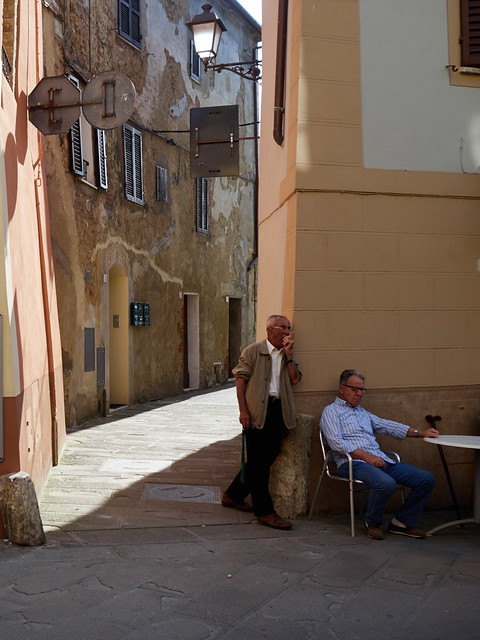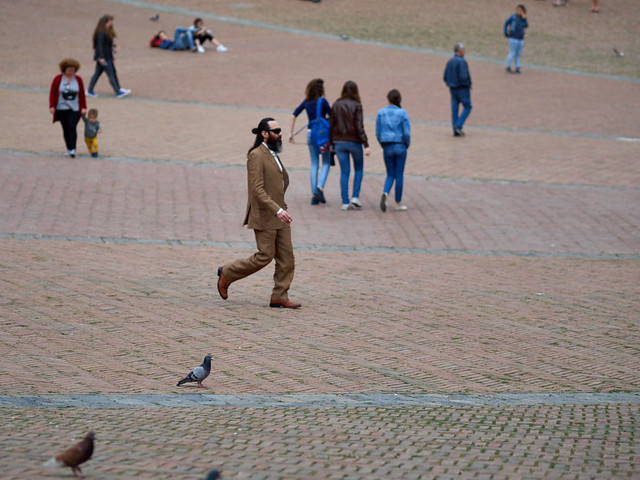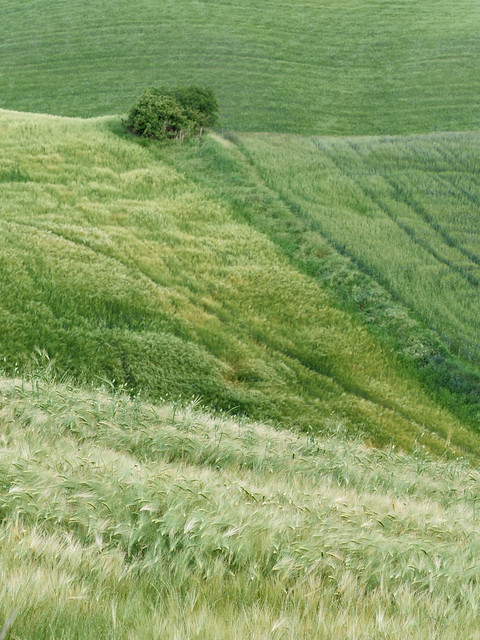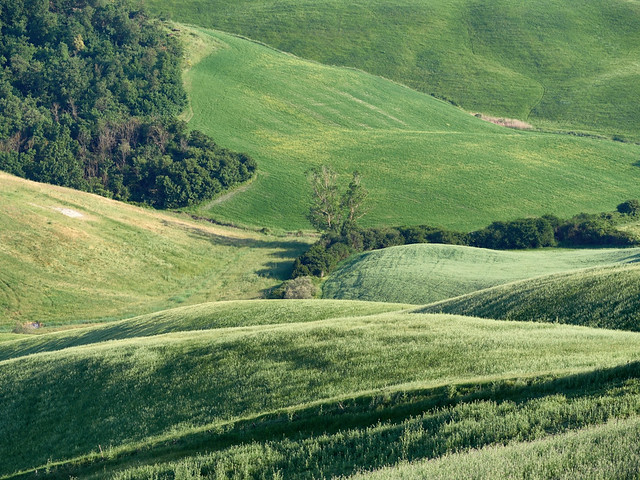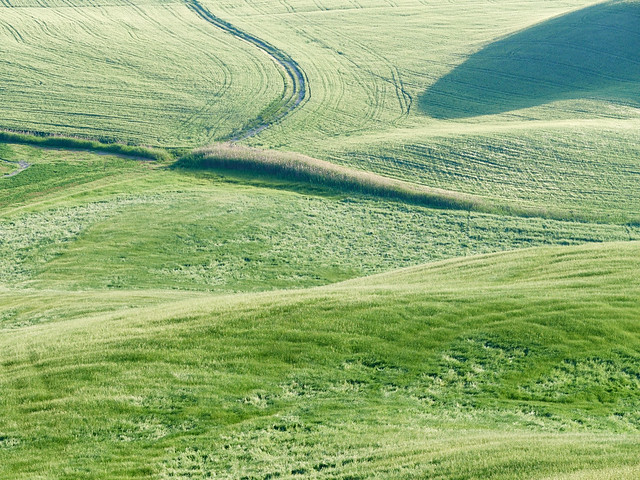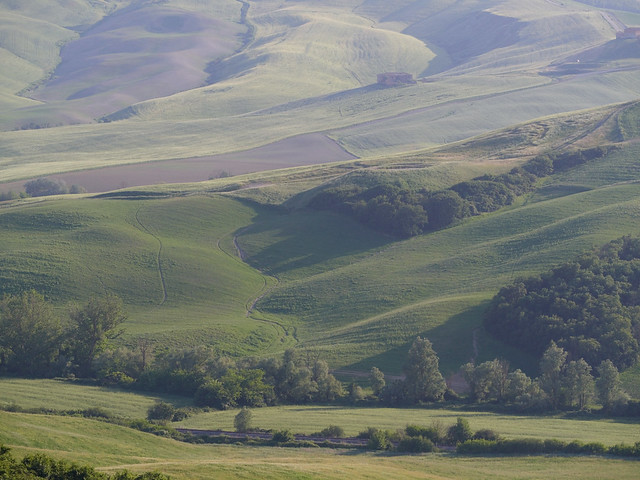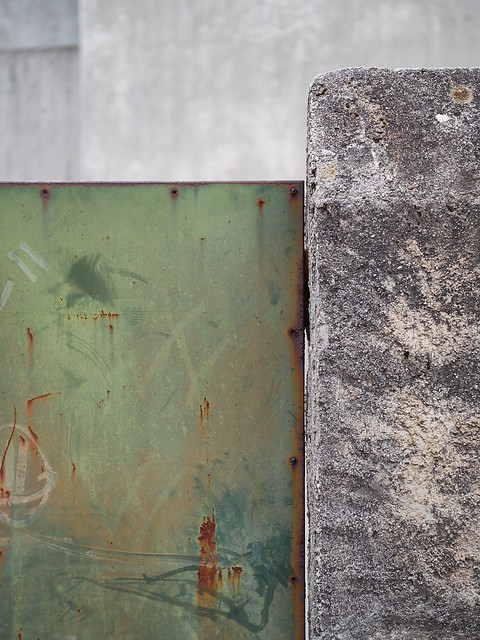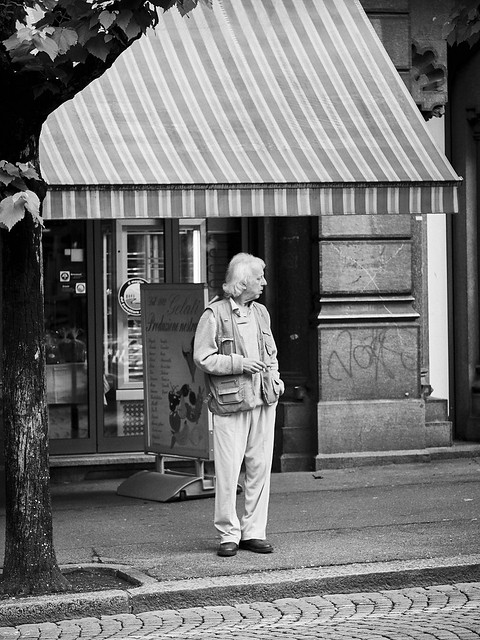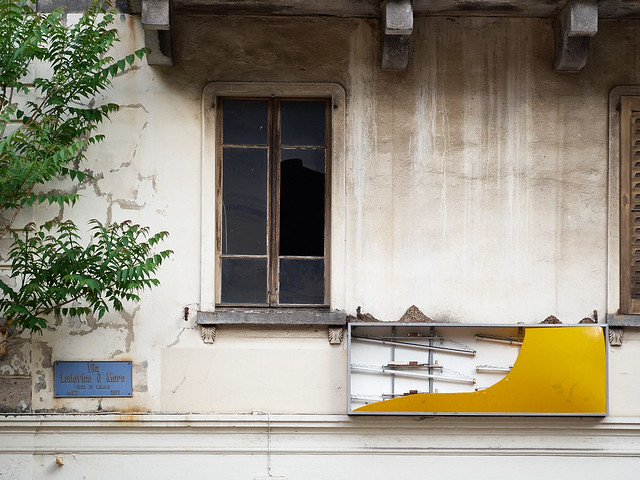in
GAS , Tuesday, March 24, 2015
I’ve always found tilt/shift lenses very desirable, or at least shift (or PC, for Perspective Control). I never found the tilt part all that useful, or indeed easy to control or understand. Back when I owned a Hasselblad ArcBody, I had plenty of opportunity to experiment and learn, but that is long gone. The availability of high quality PC lenses is one huge attraction, to me at least, towards the Canon/Nikon world, but I own neither. There are also some very expensive third party lenses from the likes of Schneider available for Canon/Nikon, but again, out of my league. And there are some cheap adapters, which by and large don’t work very well. But generally, these adapter solutions are the only options for my system, Micro Four Thirds - with, however, two exceptions.
Back in the 1980s, Olympus made two PC lenses for the OM system, a 24mm f3.5 and a 35mm f2.8. The 24mm is sought after, rare, and very, very expensive. The 35mm is less celebrated, a little easier to find, and much more affordable second hand. And I found one.
Although PC lenses tend to be used for architecture, in confined spaces, and therefore benefit from short focal lengths, 35mm is still quite useful. However, on a Micro Four Thirds camera, that corresponds to a 70mm equivalent field of view, which might seem less useful. This is mitigated by the fact that Canon make an 90mm TS lens, so it can’t be totally useless, and anyway, nothing was going to get in the way of a serious bit of retail therapy.

The best known application of PC lenses is to “stop buildings falling over”. However, there are several other uses. One is creating sets of photographs to stitch into a high resolution composite. By shifting laterally and vertically you can gather a set of images without moving the camera, and with no nodal point or parallax issues to worry about. Another is giving more latitude for composition when using a tripod in an awkward space. For the photo below, the tripod was resting, just, on a jumble of boulders, adjacent to a torrential stream, with very little latitude for adjustment. The vertical and lateral shift allowed me the frame an image I otherwise could not easily (or safely) have captured. I do own a Gitzo Explorer tripod with a fully articulated central column, which is also useful for working in tight spaces, but that has some stability issues, and I still need to get behind the camera in it’s probably precarious position.
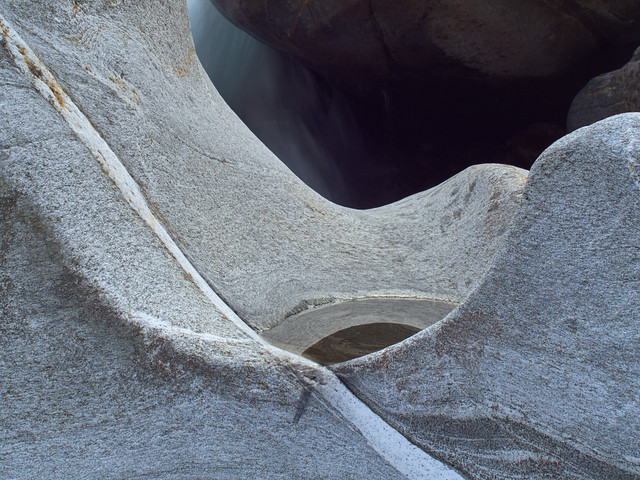
The shift movement on the lens is achieved just by pushing. There’s no lock, no gearing mechanism. It all works by friction. Obviously on a tripod this could be a disaster, knocking the tripod out of place when giving the lens a hefty shove to shift it. But actually Olympus got the level of resistance just right. Enough to hold the position steady, and not so much that you have to push too hard. It helps to make it surprisingly compact and light for a PC lens.
In terms of optical quality, it’s pretty good. No vignetting at full shift, wide open, although on a Four Thirds sensor, only the centre of the lens is actually being “seen”. But even so, the results are impressive. It will be interesting to see what photos taken with it on my OM-4Ti look like. The lens is also beautifully built and just demands to be fondled. And what better retail therapy can there be?

